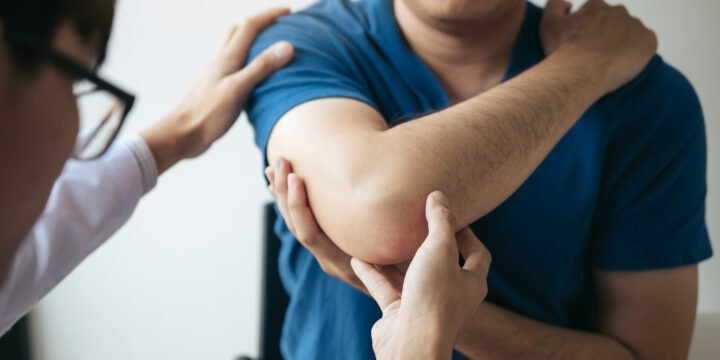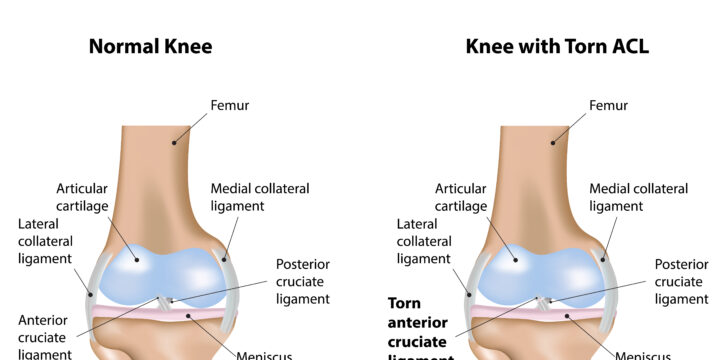
5 Tips for Weight Loss
As we begin the new year, it comes as no surprise that many individuals have begun participating in their respective weight loss journeys. Weight loss has been an age-old struggle in our society for several decades. In these modern times, filled with leisure and convivence, losing weight has seemingly become more difficult than ever before. Below are our 5 Tips for Weight Loss that should help get you started in the right direction: Tip # 1 For Weight Loss: Consistency Perhaps the most important tip for weight loss: consistency. Anybody can go to the gym once and exercise for an hour; just like anybody can order a salad once at a restaurant, but once isn’t enough. The most educated and qualified professional in the world could prescribe a diet and exercise…








